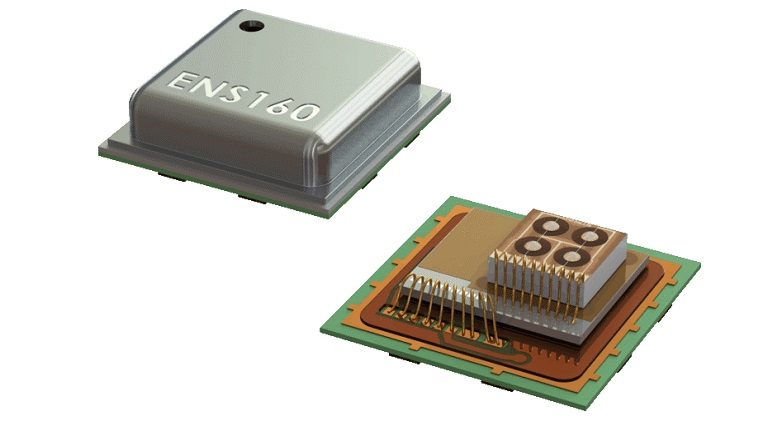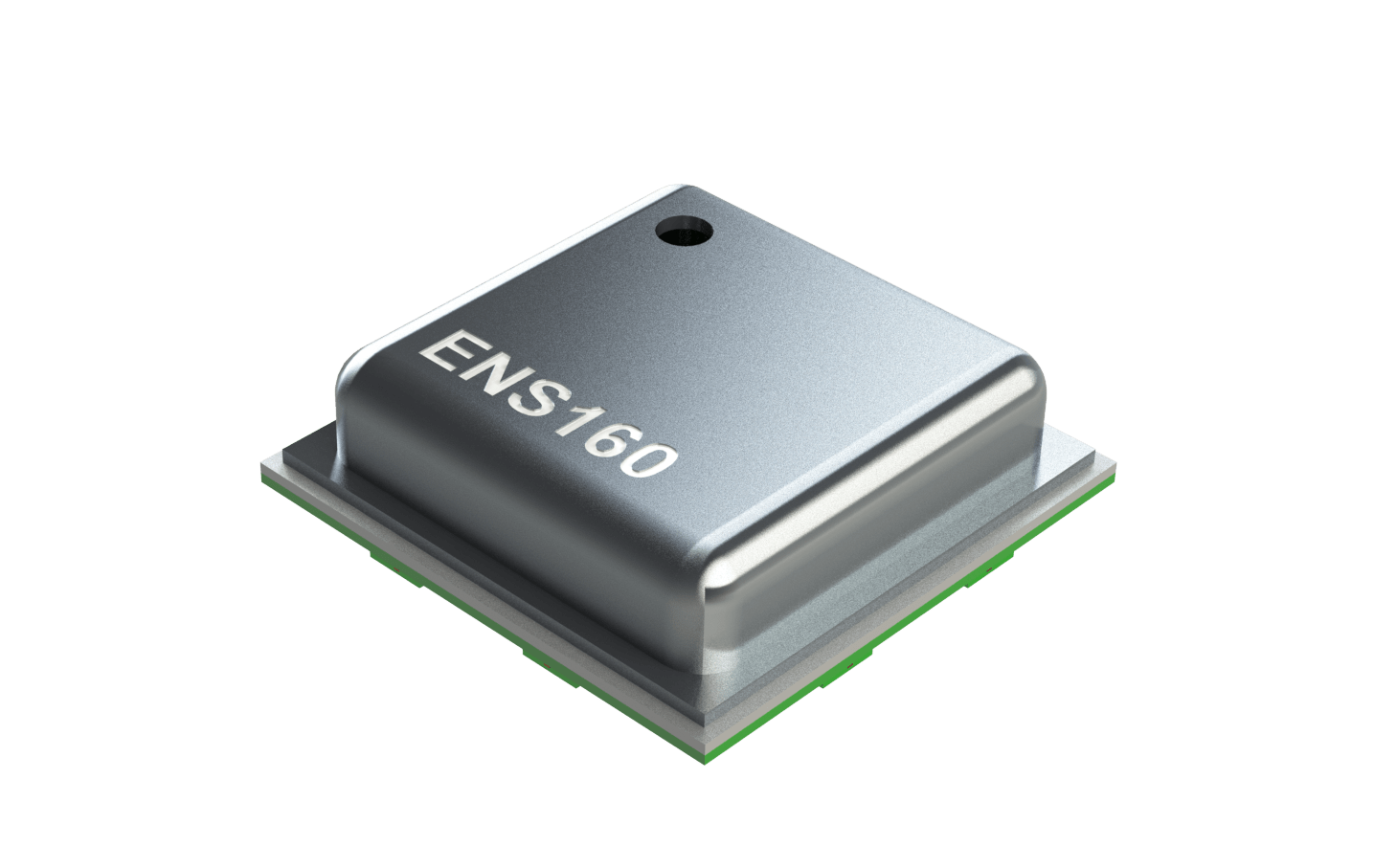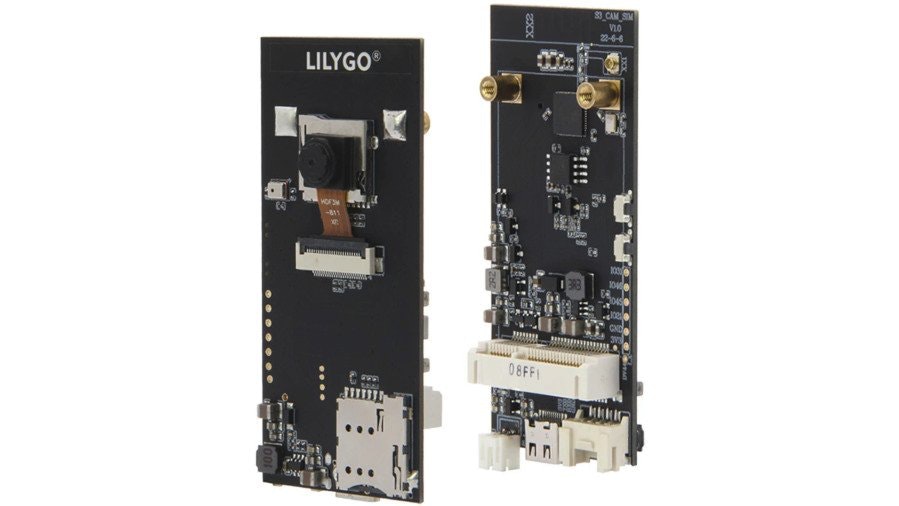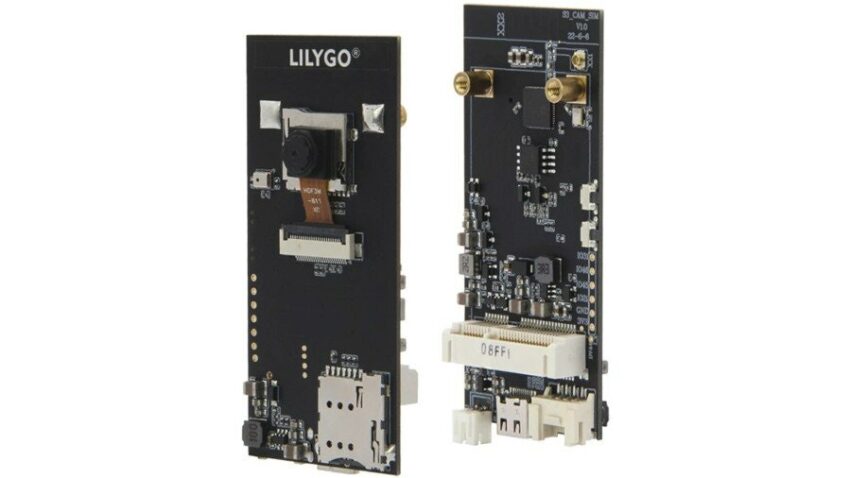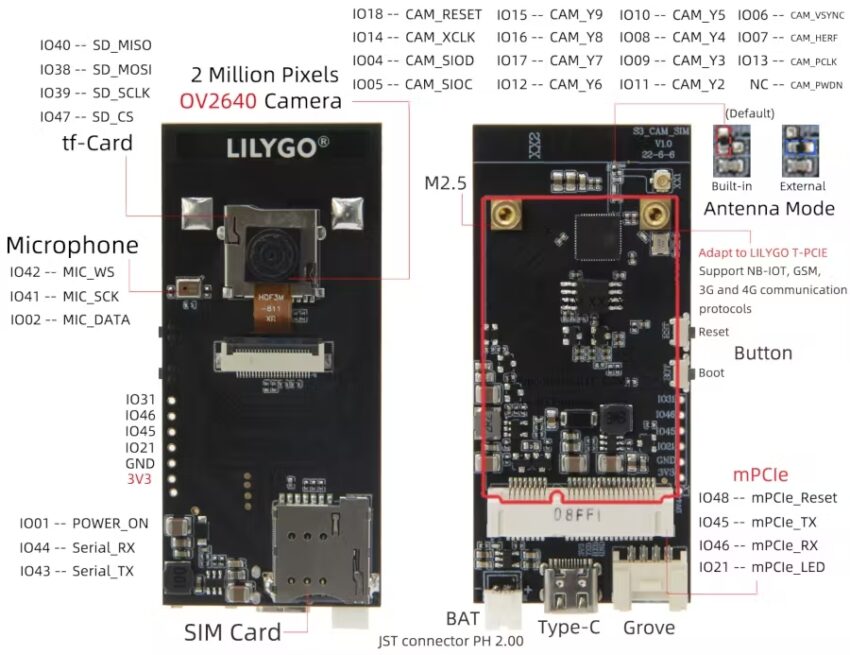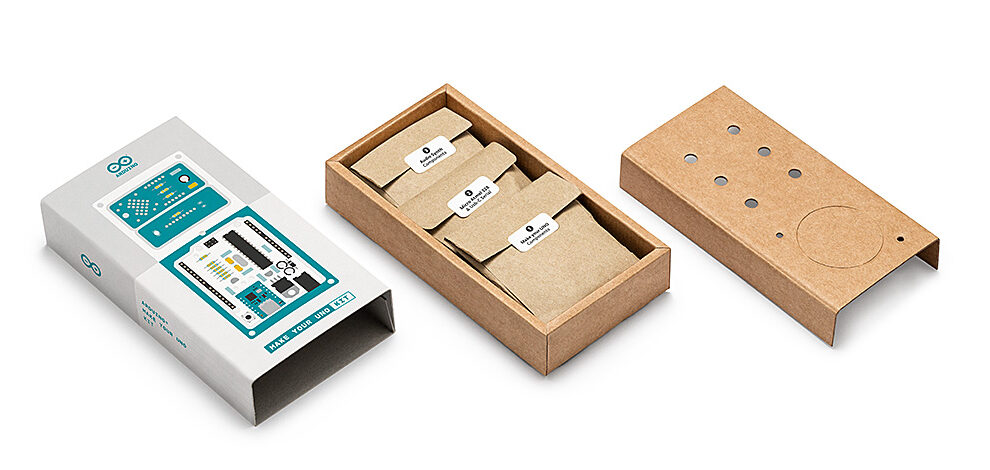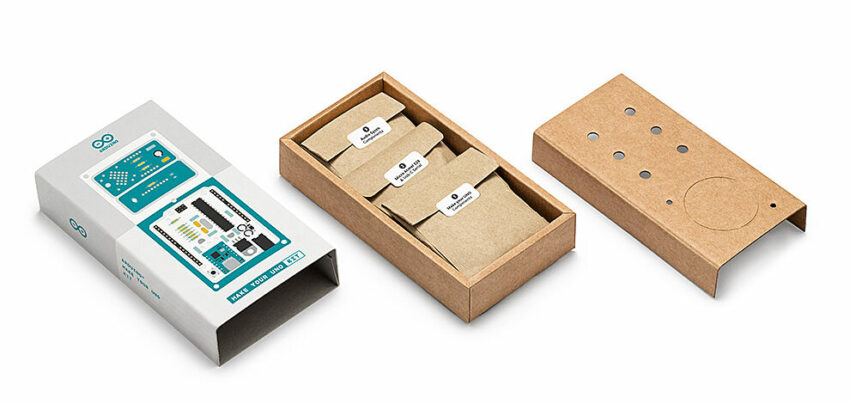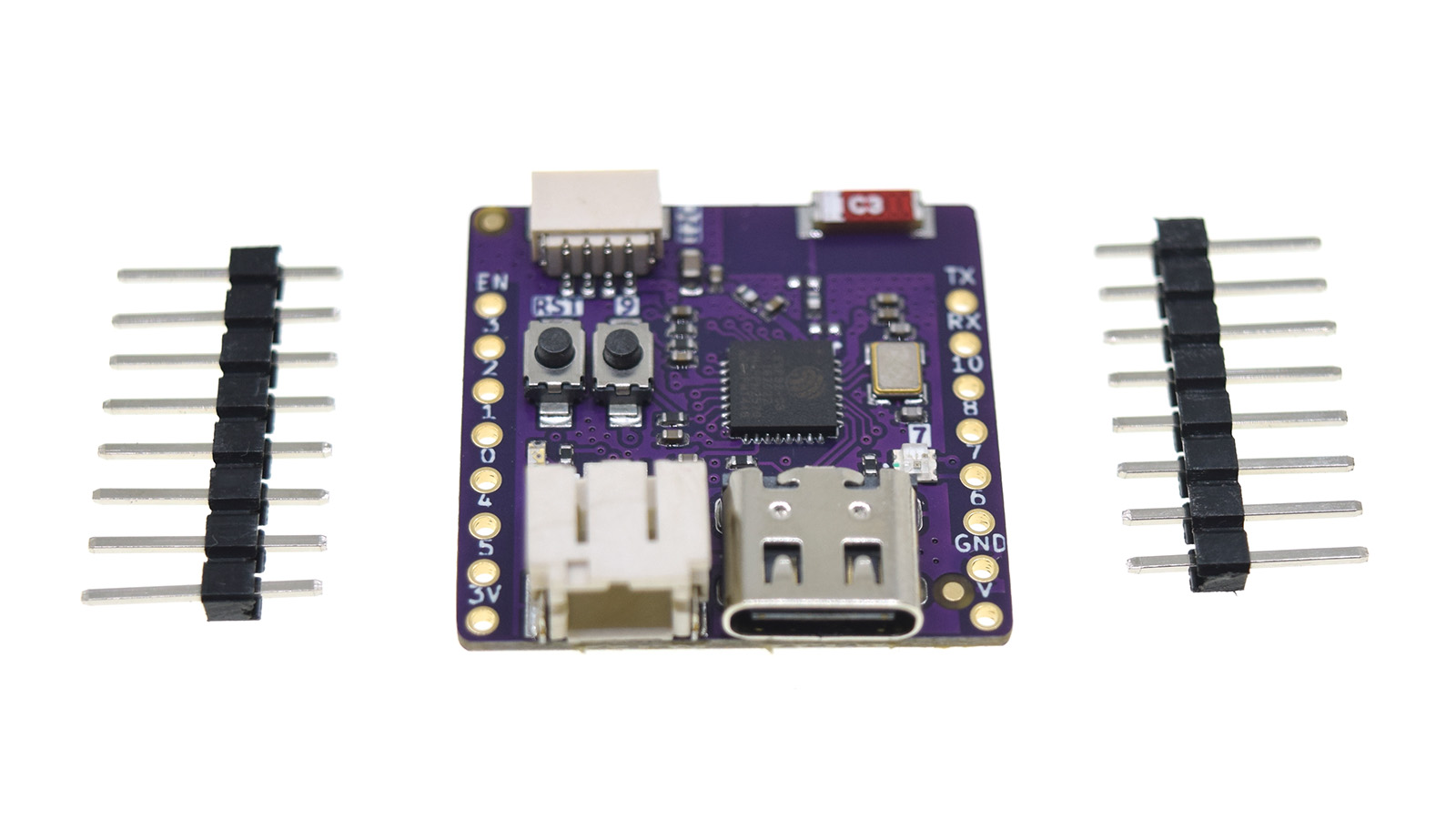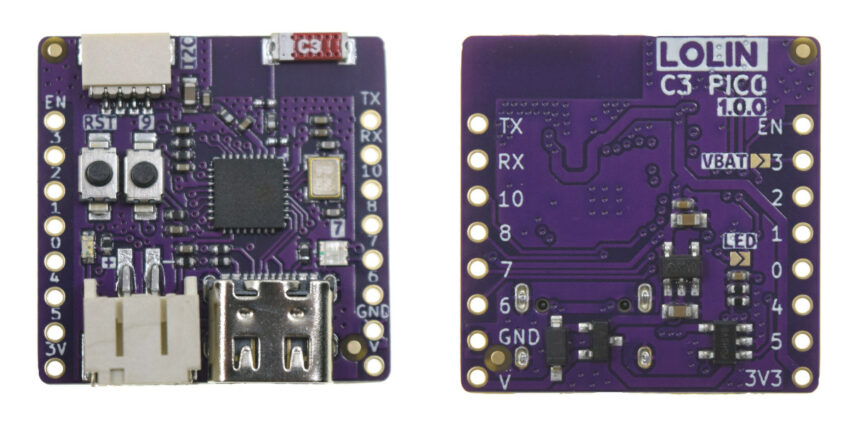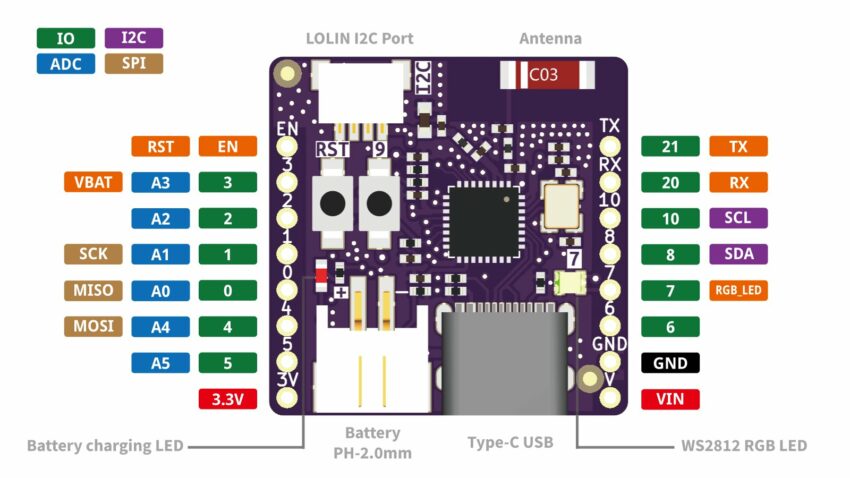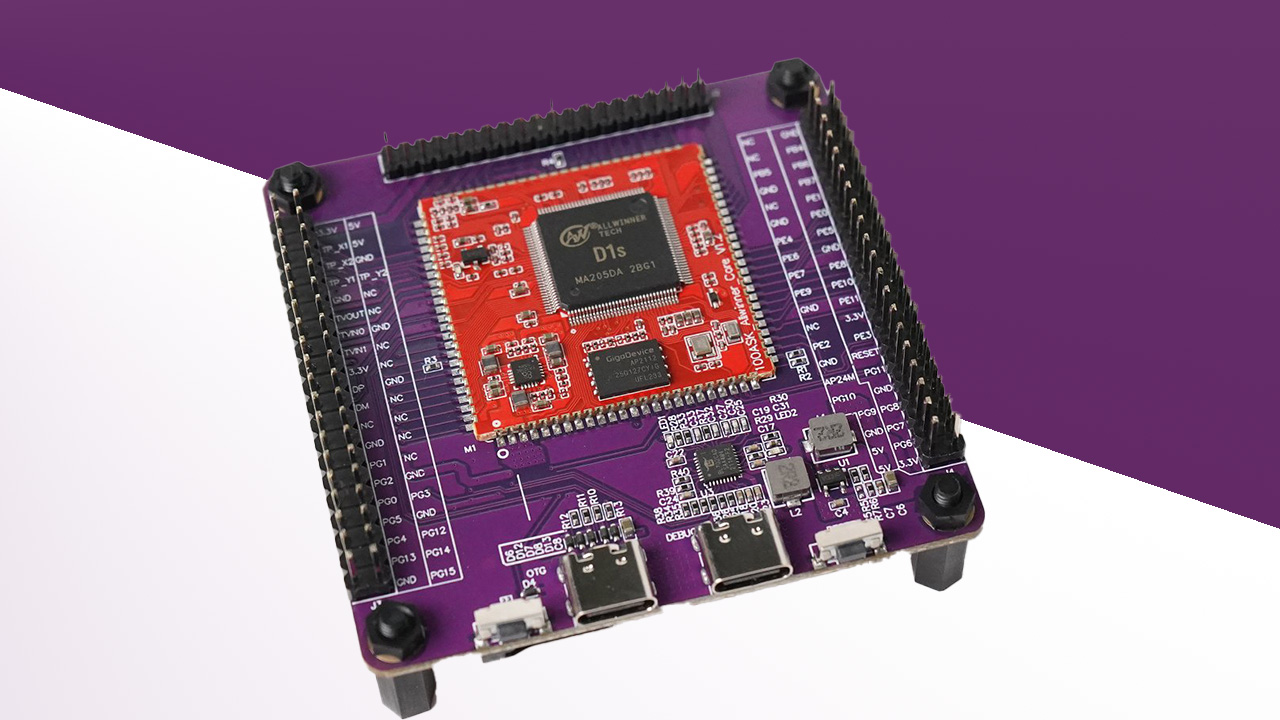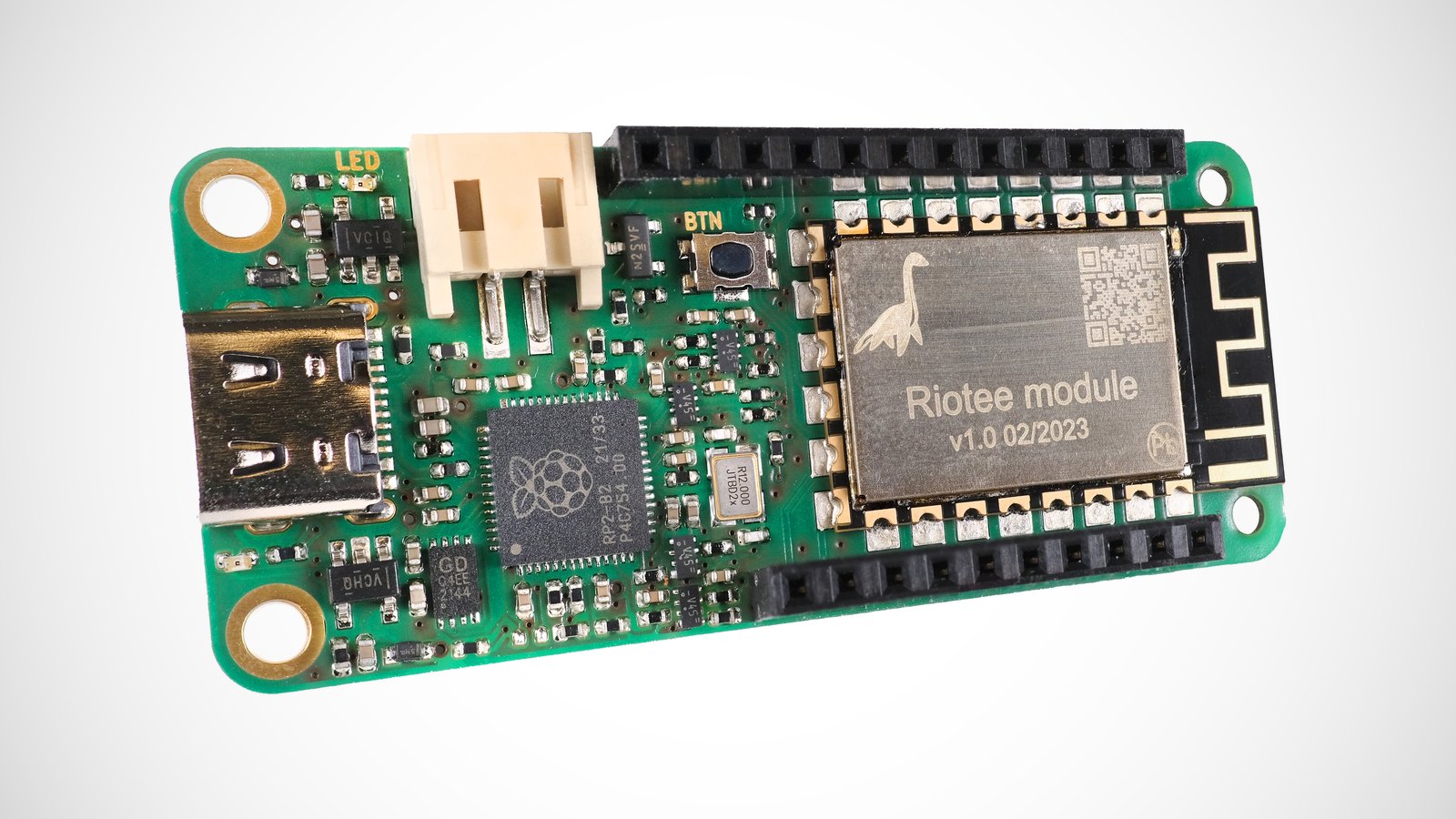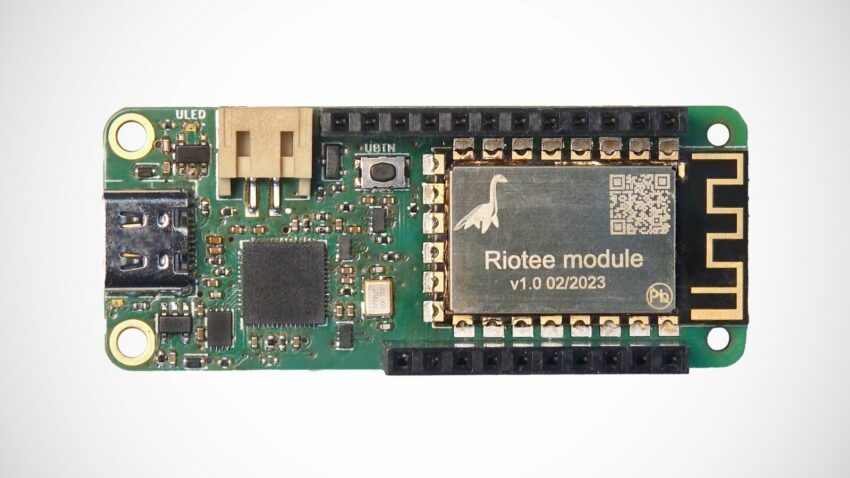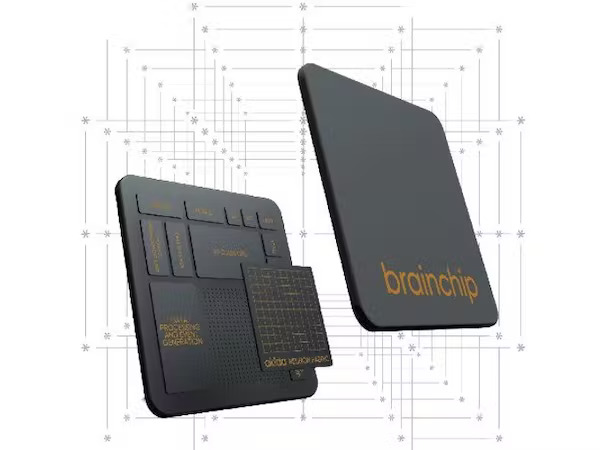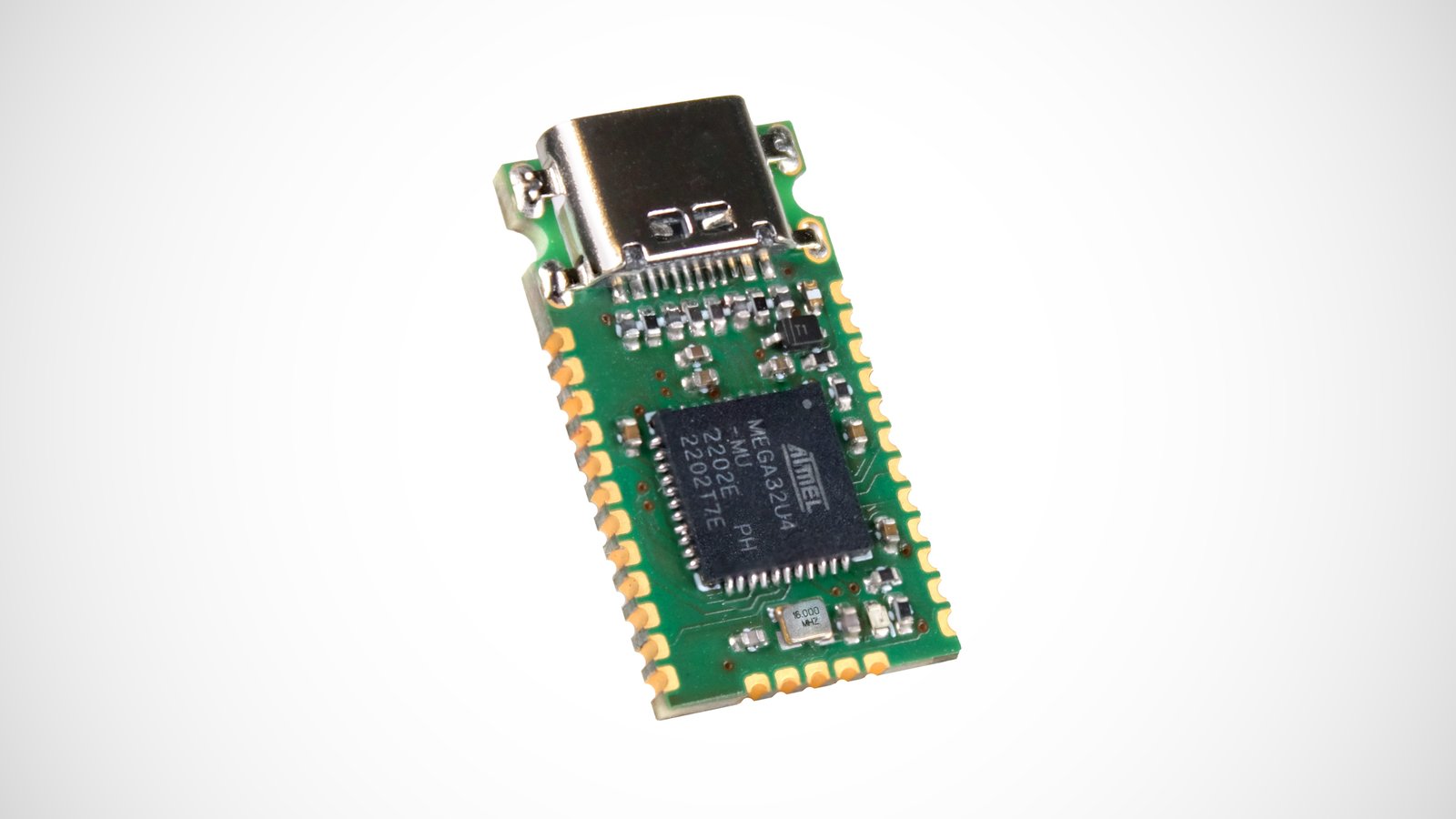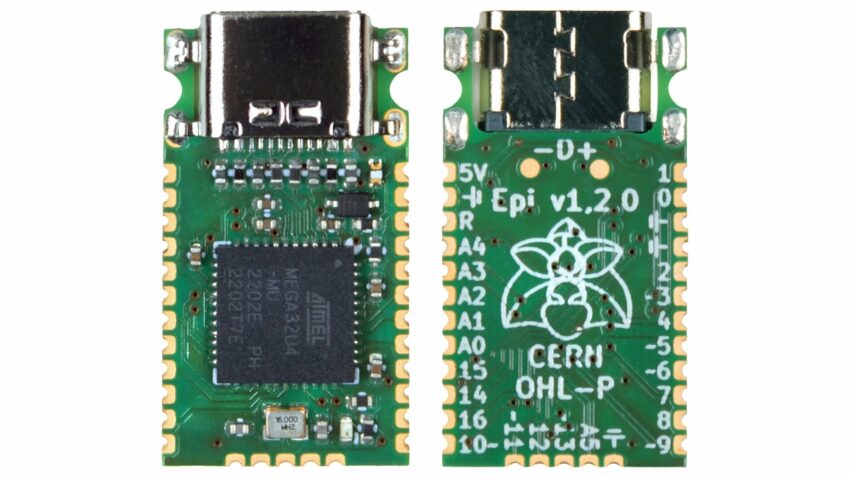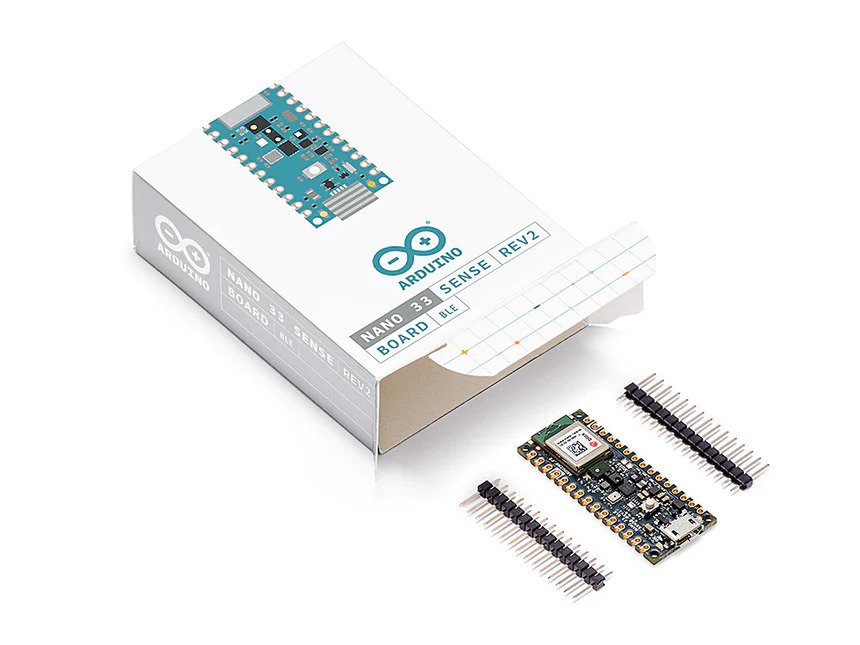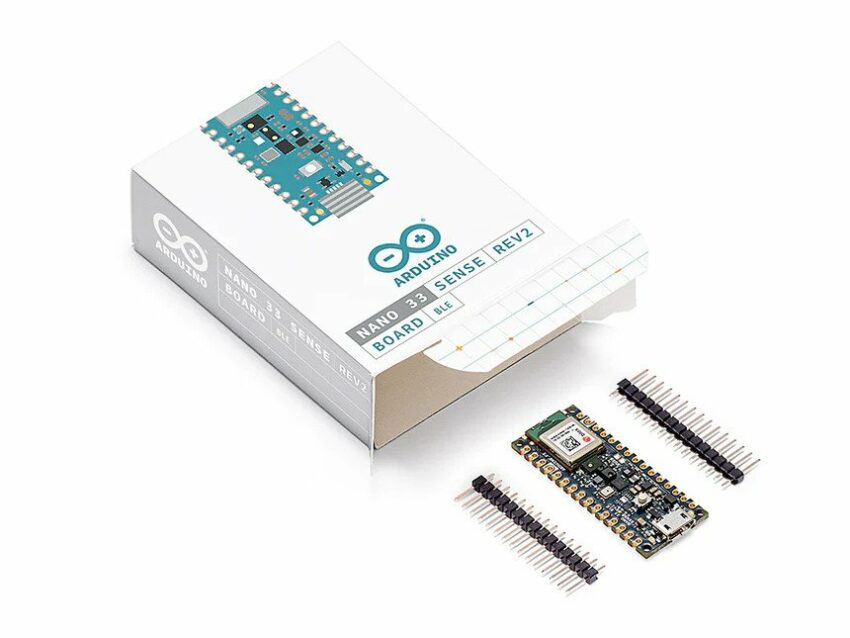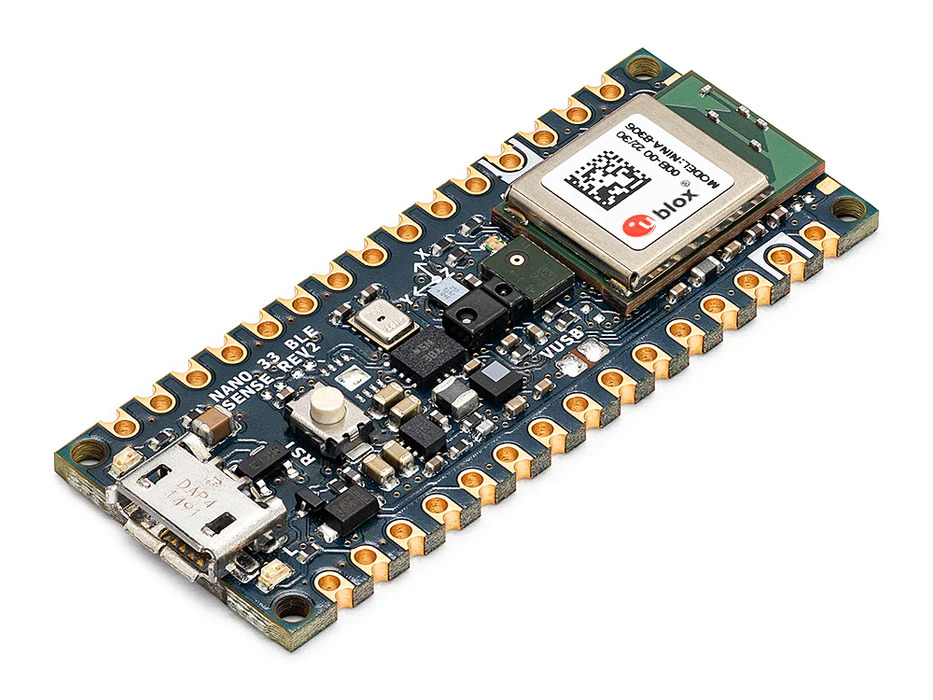ScioSense’s digital multi-gas sensor offers optimum detection of volatile organic compounds (VOCs) and oxidizing gases.
ScioSense’s ENS160 is a digital multi-gas sensor solution based on metal oxide (MOX) technology, a proven and maintenance-free technology designed for high volume and reliability.
The ENS160 supports intelligent algorithms to process raw sensor measurements on-chip. These algorithms calculate CO2 equivalents (eCO2), total volatile organic compounds (TVOCs), and air quality indexes (AQI) and perform humidity and temperature compensation, as well as baseline management, all on the chip. Four sensor elements and integrated, independent hotplate control allow the detection of a wide range of VOCs, including ethanol, toluene, hydrogen, and oxidizing gases, with superior sensitivity.
The output values can be read via SPI or I²C interface from a controller or processor without additional libraries. Together with the size optimized 3 mm x 3 mm LGA package, these features make the ENS160 the perfect choice for air quality sensing applications.
Features
- TrueVOC® air quality sensor with excellent stability
- Providing TVOC, eCO2 and AQI outputs
- On-chip measurement and heater drive control for up to four sensor elements
- Integrated sensor fusion and automatic baseline algorithms, no need for external libraries
- Supply voltage VDD: 1.71 V to 1.98 V
- Wide operating ranges:
- Temperature (T): -40°C to +85°C
- Relative humidity (RH): 5% to 95%
- Communication through I²C or SPI
- Compact size: 3.0 mm x 3.0 mm x 0.9 mm LGA package
- Options to access raw sensor data
- Evaluation kit and dashboard software available
more information: https://www.sciosense.com/products/environmental-sensors/digital-multi-gas-sensor/

